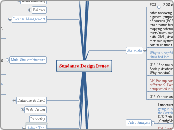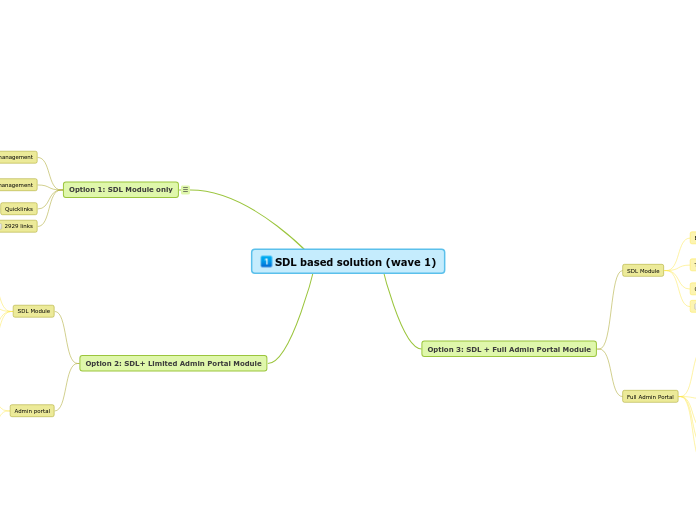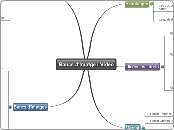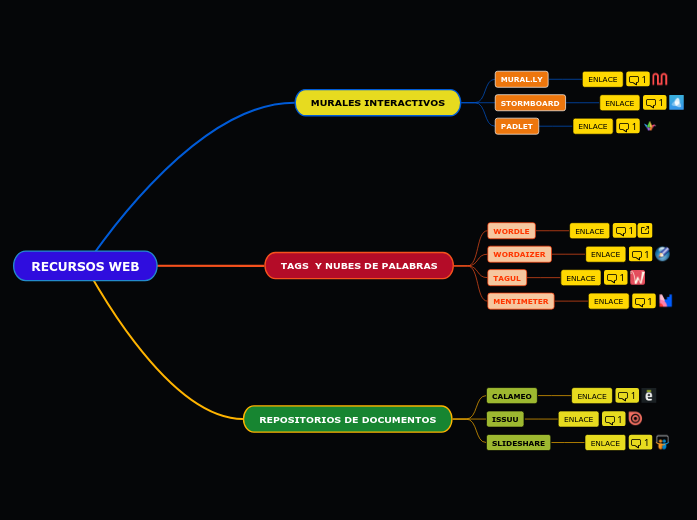по Dan Hochee 17 лет назад
448
Sundance Design Issues
The text outlines various aspects of a project including service monitoring, web interfaces, licensing, installation, and administration tools. The WatchDog component is designed to monitor local services and restart them when necessary, with status information accessible via .









